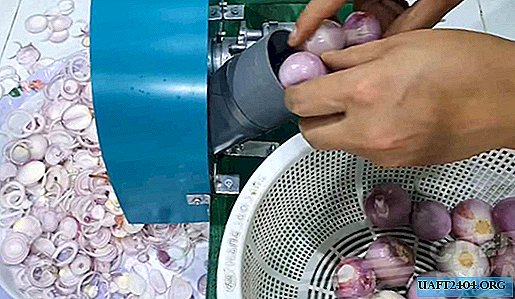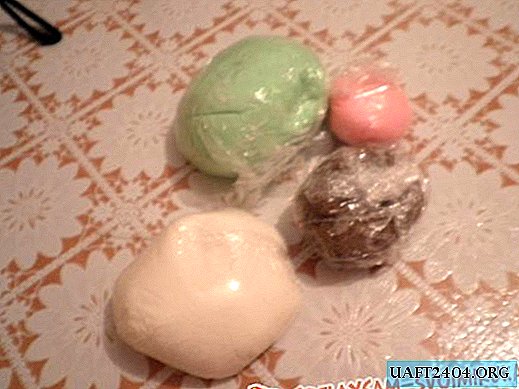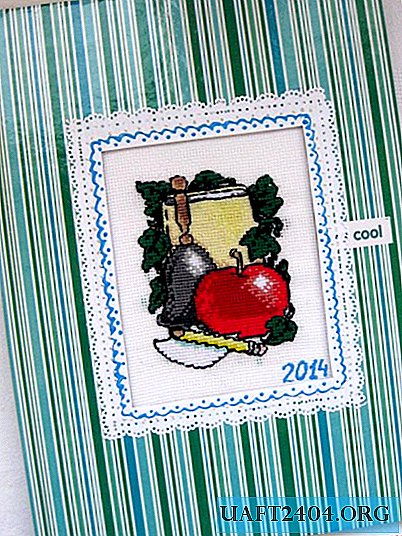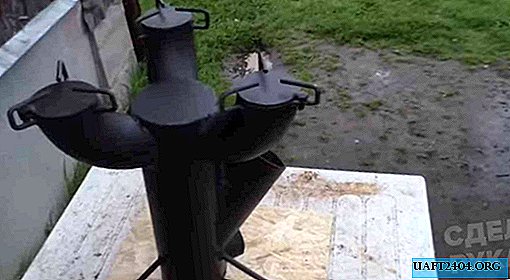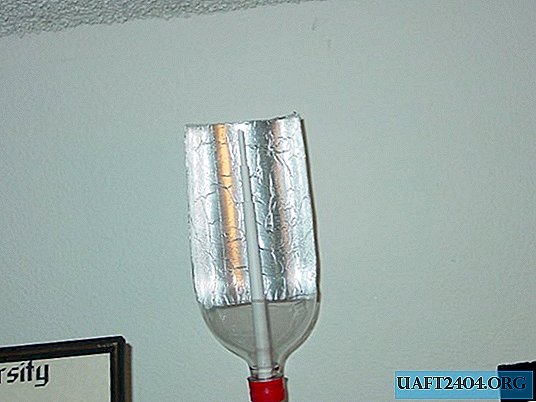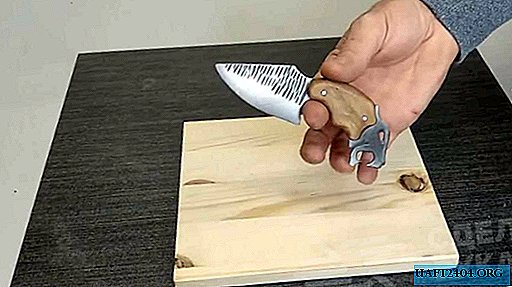Share
Pin
Tweet
Send
Share
Send
Therefore, aluminum smelting can be organized only with a special furnace, which you can do yourself.


Will need
To make a mini-smelter, we must prepare the following materials and products:
- metal bucket of 9 liters;
- 4 liter plastic bucket and basin;
- sand, gypsum and water;
- piece of steel pipe;
- two metal hooks;
- steel deep plate.
We select the used products in size so that the elements of the smelter made with their help fit exactly together.
We will also need the following tools, equipment and accessories:
- workbench and vise;
- drill with a drill head;
- pincers and tape measure;
- hammer and dowel;
- latex gloves;
- cloth napkins.
The technology of manufacturing a mini-smelter
We mix sand and gypsum in a 1: 1 ratio with a small margin, because a lack of mixture is equivalent to marriage.

We measure the ingredients with a plastic bucket and fall asleep in a metal one. Thoroughly mix sand and gypsum, add water and mix the contents until the lumps disappear and a homogeneous mass appears.

Now, using a plastic bucket, we form the center of the smelter. To do this, we press it into the solution, rotating in different directions, to facilitate immersion, and the quality of the formation of the internal volume of the smelter.

So that a mix of sand and gypsum does not squeeze a plastic bucket, pour water into it or lay sand or stones. After stabilization of the plastic bucket in the solution, and until it has seized, we smooth out irregularities and remove the excess. We wipe the edges of the buckets and the outer surface of the metal bucket with cloths soaked in water.
After waiting 1 hour, we remove the plastic bucket from the setting mass. If successful, it will remain intact, otherwise the bucket will have to be pulled out in parts using pliers. After that, we remove small particles, crumbs from the inside of the furnace and smooth out the resulting bumps and sharp edges.

While the walls of the mini-smelter dry out, we make a device from the steel pipe for supplying heat energy and air into the smelter. We select a drill bit, install it in the drill chuck for drilling a hole at the right angle from the side of the smelter. First, at a predetermined point, using a dowel and hammer, we punch a hole. We insert into it the centering drill of a crown and we drill at the necessary angle with the help of a drill.

In the final version, a tube with a welded pipe outlet is inserted into this hole, through which thermal energy will also be supplied to the smelter to heat the furnace.

We begin to manufacture covers for the smelter. We prepare its future handles, bending with a hammer metal hooks clamped in a vice.
Pour sand and gypsum into a plastic bowl of the desired diameter in the same proportion (1: 1). Mix the components, removing stones and debris that have accidentally fallen. Pour water and mix the contents of the basin until a homogeneous mass is obtained.
After a short exposure, in the center of the leveled solution, press the steel plate of the desired diameter and depth, slightly turning left and right, and shaking the bowl with the contents. Until the solution has completely hardened, we install pre-bent hooks that will serve as the handles of the lid.

As soon as the solution has hardened, remove the plate, remove all irregularities and smooth the edges on the lid. This will increase not only its mechanical, but also thermal strength.

We install a crucible in the center of the smelter and cover it from above.


It turned out exactly in size.
Our home-made furnace is ready for melting aluminum raw materials while ensuring safety and process quality.


Share
Pin
Tweet
Send
Share
Send

